Software Tools for 3D Product Rendering
Top 10 Options
Product rendering software is a set of state-of-the-art tools 3D Artists use for creating photorealistic imagery for marketing and sales materials. This allows brands to get top-notch visuals without organizational photo shoot troubles and at a lower cost.
Hence, we get a lot of questions about what kind of magic soft allows 3D Artists to get such results. As a product rendering company, we know what the workflow looks like and which programs professionals use at every stage. Want to learn about top tools 3D Artists choose to work with? Then read up and learn about the 10 best choices right now!
#1. 3D Modeling Software
The first stage of working on the digital image starts with the 3D modeling of the product. During this process, a mathematical representation of the object surface is developed, and the final output – a 3D model – is created. Then, detail and textures are added to its surface using texture mapping.
To create product models with utmost precision, our 3D Artists use four powerful software tools: Autodesk Maya, 3Ds Max, ZBrush, and Marvelous Designer. Each of them has specific toolsets, as well as degrees of usability that define the overall performance and determine software efficacy.
1) Autodesk Maya
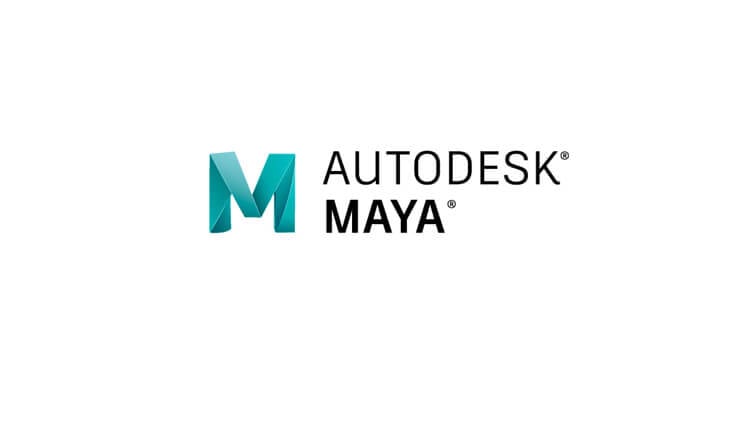
Autodesk Maya is a stand-alone 3D computer graphics software that runs on Windows, MacOS, and Linux. It was originally developed by Alias Systems Corporation and is now owned by Autodesk Inc. The full version of the program costs 1505 dollars for a one-year subscription, but there’s also a free trial for 30 days.
Maya has a powerful toolset for creating and refining digital 3D models of any object. In particular, this software has
- Quad Draw. This instrument allows to create new layout and mesh surfaces for 3D models and refine them on the fly. 3D Artists use it to tweak components of a polygonal mesh, create new meshes or modify the layout of components. This allows creating the most accurate models without focusing on polygon count.
- UV mapping is a technique that allows applying 2D image textures on a 3D mesh, thus enabling modelers to create accurate and realistic polygonal surfaces.
- Boolean modeling. It allows to model with polygonal objects and subtract, add or combine them to create a new, complex shape for 3D models.
- GetBent. This tool streamlines hard surface modeling operations, which makes it easy for 3D Artists to replicate hard surface shapes and curve them with little to zero deformations.
- Arnold shader is available in the Maya Viewport. This instrument helps 3D Artists to intuitively and quickly achieve photorealistic surfaces.
2) 3Ds Max

3Ds Max is a 3D computer graphics software developed by Autodesk Inc. and available on Windows 7 or later versions. 3Ds Max costs 1,545.00 dollars for a yearly subscription. However, there’s also a free one-month trial available if the price tag is too high.
- The differentiating feature of 3Ds Max lies in its use of polygonal modeling. This technique enables 3D Artists to work out individual polygons by editing and adjusting polygonal meshes, thereby allowing to create detailed and accurate 3D models.
- Another great feature of 3Ds Max is the ability to create and manipulate volumetric lights. This quality enables to add light to the scene, adjust or reduce its volume parameters, and achieve the most detailed and complex looks by adding dust, smoke or other special effects.
- The software also has a robust toolset for texturing which enables 3D artists to apply several materials to a single object surface. This way, it’s possible to add glossiness, smoothness, reflection, refraction and other properties to refine the model and enhance the realistic view of the object.
- Hair and Fur modifier. It allows to arrange every fur strand on the 3D model and style it with the brush. The modifier makes the fur look more realistic when applied to the object. Plus, one can move strands in any direction, rotate them separately and in groups, thereby changing the form of fabrics however one desires.
3) ZBrush
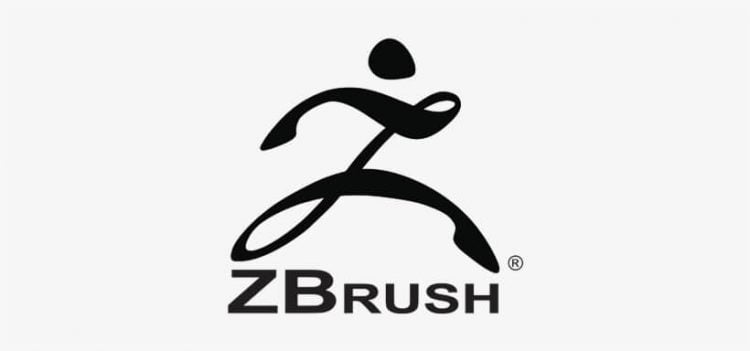
ZBrush is a commercial proprietary software developed by Pixologic. The program is used for 3D modeling, texturing and painting, and is available for Windows and OS X operating systems. The full version of the program costs 895 dollars, and there’s a 45-days free trial option.
- ZBrush is based on the “pixel” technology which allows preserving lighting, color, material and depth data. The software is also used for the digital sculpting of meshes and models with the help of brushes. Brushes are the main instrument in this program used to control the hardness, intensity, and size parameters of 3D models.
- Polypaint is one of the most notable ZBrush features that allows applying color directly on polygons without adding a texture map. This helps 3D artists to create highly detailed sculptures and quality paintings.
- Another distinctive attribute that makes ZBrush a highly effective tool is Fibermesh. This feature allows growing polygon fibers and fur right out of the object. The materials can be saved as presets in the FiberMesh Preview, and later be applied on a new model to save time. For example, if a product designer asks for a digital representation of a fur ottoman, 3D artists can use the prepared materials from the Preview without having to create ones from scratch.
4) Marvelous Designer
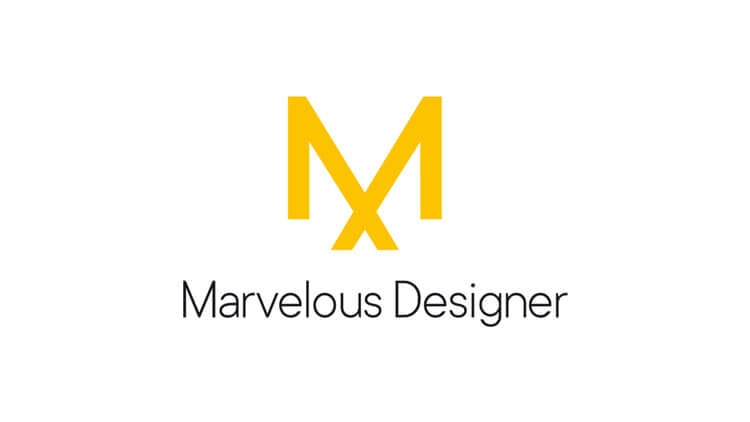
Marvelous Designer is a 3D design tool developed by CLO Virtual Fashion that runs on the Windows operating system. It is one of the greatest tools used for the precise, physically-based representation of object textures and fabrics. This software is a highly convenient option as it allows to export the created textures in OBJ format and upload them straight to Marvelous Designer for further elaboration. The full version of the program costs 490 dollars, and there’s also a 30-days free trial.
- The main feature of this software is the possibility to create any object materials in supreme quality. For example, 3D artists can create bed sheets with natural wrinkles or fabrics for window treatments with beautiful rich foldings.
- Moreover, Marvelous Designer has a collection of presets that significantly facilitate the modeling process and allow to choose from the ready-to-use materials for later application on the 3D model.
- The software also allows to create individual libraries, as well as mix and combine different fabrics. This feature optimizes the workflow and reduces the work time, saving the day when a 3D model needs to be created urgently.
#2. 3D Rendering Software
At the stage of 3D product rendering, professionals use the computer graphics process to automatically convert 3D models into 2D images. At this point, models are run through specialized software and given a photorealistic look to outline product aesthetics and features. The enhanced appearance of the object is achieved by visual effects, such as shading, scattering, reflection modes. As for the software 3D Artists use for rendering, they include such tools as Lumion, Artlantis, Rhinoceros, and Keyshot.
1) Lumion
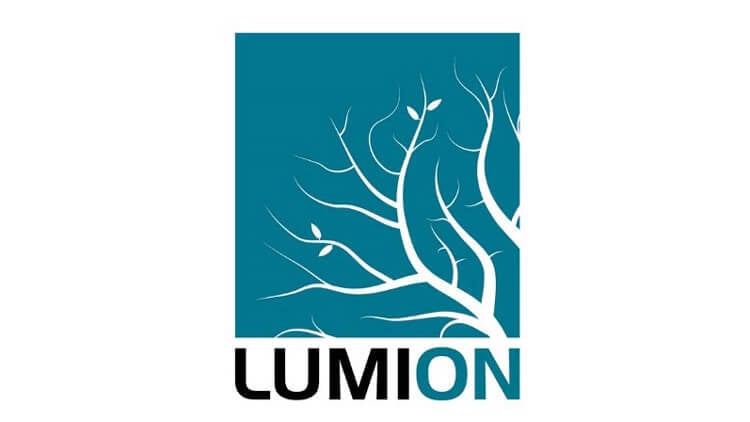
Lumion is a GPU-based 3D rendering software developed by Act-3D B.V. company. The engine has plugins for SketchUp, Autodesk Revit, ArchiCAD, 3ds Max. A full Lumion license costs 1499 dollars, but one can test its benefits for free using the 14-days trial.
This product rendering software offers a myriad of features that are great for creating object visualizations.
- Notably, the program has a collection of 112 materials and 100 textures for creating product renders with true-to-life details. With this feature, product designers and manufacturers can get beautiful images with any type of 3D furniture visualization, be it renders for a faux-fur chair or a leather sofa.
- Lumion renders in real-time, which means 3D Artists can not only render the image but also view the process results as an animated scene in real-time.
- Lumion has a Content Library with 634 HD objects, including high-quality kitchen appliances, seating, desks, storage items, and other home furnishings. The ready-made 3D models can be taken from the library for creating product renders, which saves a lot of time.
2) Artlantis
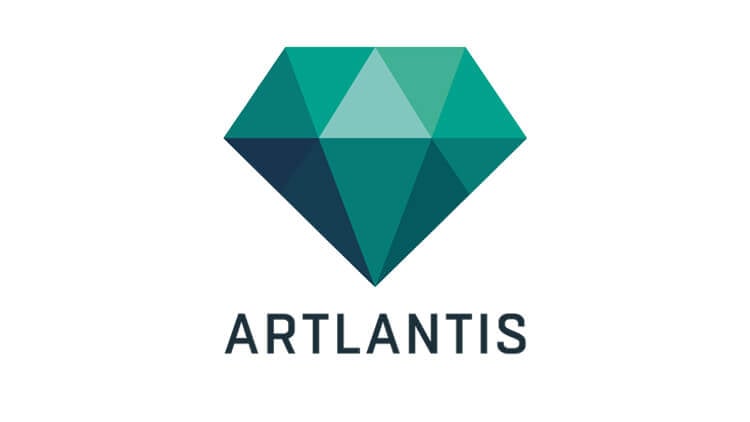
Artlantis is a CPU-based stand-alone 3D rendering software that runs on Windows and MacOS. It is also the fastest free application that contains physically-based materials used to achieve photorealistic results. Among the noteworthy features of this product rendering software, there is
- An extensive library of presets, including indoor and low light, as well as speed and quality definitions. These instruments enable 3D Artists to use prepared modes from the collection for rendering, which in turn allows for a fast turnaround.
- Artlantis has cutting-edge shaders with multiple luminous materials that enlarge lighting options for the scene.
- Ambient occlusion allows applying virtual shadows on any specific part of the object surface to enhance realism and imbue the scene with depth.
- An adaptive anti-aliasing tool is used for detecting and removing jagged edges from object shapes. This helps to smoothen shapes, make them look more realistic, optimize rendering calculations and speed up the rendering process.
- Artlantis has flexible post-processing which allows to add effects, such as paint or pastel, and alter brightness, contrast, contouring, and color in the current view.
3) Rhinoceros

Rhinoceros is a commercial 3D computer graphics rendering software developed by Robert McNeel & Associates which runs on Windows and Mac operating systems. The cost for a single license is 495 dollars, and there is also a free trial version that expires after 90 days.
Rhinoceros is a product rendering software tool that provides a wide range of features for visual enhancement of the object look.
- Among the distinguishing qualities of this application are defaults, such as white background with an automatically set ground plane, along with soft shadows and lighting from big studio light panels. These allow getting reflective diffused lighting on the entire model, even in deep cavities.
- The ray-traced viewport mode and previews are completely real-time. This feature grants stellar rendering results in a matter of minutes, allowing 3D artists to see how the final render with applied materials will look.
- This product rendering software has the library containing hundreds of real-world scale materials and textures that enable 3D artists to choose complex and high-quality materials for all surfaces of 3D models.
4) Keyshot

Keyshot is a standalone real-time 3D rendering software developed by Luxion that runs on Mac and Windows operating systems. The fully loaded version of the application costs 1,995 dollars, with 15-days free trial available.
- One of the most prominent features of this product rendering software is multilayer optics. This feature is especially useful for optical product design, allowing for custom specifications – adding layers or changing object properties, including thickness, color, refraction, and dispersion.
- Another important feature of Keyshot for rendering is scattering, which allows applying a density texture to create a highly detailed, true-to-life appearance. For instance, splintered wood, wrinkled cloth, the fibers of a boat hull, and even sponge material can be easily brought to life with Keyshot. Also, the displace feature offers a possibility to manipulate object geometry while rendering to enhance the textures and make them look more realistic.
- Material Ways is another Keyshot quality that allows choosing multiple material combinations and colors for the product render from the KeyShot Configurator. This allows to create alternative representations of product material while rendering and select the most appropriate one for the presentation. Plus, the software allows applying the cutaway feature to object geometry and create assembly cutaways to give an inside look of a product.
- KeyShot Viewer. It allows sending scenes directly to clients for interactive viewing or presentation. This way, 3D Artists are able to change object lighting, materials or colors depending on clients’ preferences and specifications.
#3. Post-Processing Tools
Once the product renders are ready, graphic designers put final touches on the image by adding special effects to intensify the visual appeal and outline the product in all its beauty. At this stage, 3D Artists use such graphical editors as Photoshop and LightRoom.
1) Photoshop

Photoshop is a graphics editing program developed by Adobe Inc. It is available on both Mac and PC operating systems. Photoshop is used for post-processing of a final 3D render to make it look as realistic as possible. It allows adjusting a huge variety of nuances responsible for the atmosphere of the image – like adding depth and special effects, such as lighting and shadowing, refraction and reflection. Also, Photoshop inventory contains tools for making color corrections, adding glow or light rays, modifying contrasts and changing tones.
- What makes Photoshop a number-one program for editing is a powerful toolset. It contains instruments that allow adding textures to the object’s surface right on the rendered image.
- The tool allows the application of various filters used for editing operations, such as blurring or dimming. These filters are used to create special effects that have to do specifically with shadows and fiber textures.
- Photoshop has the accented edges brush stroke filter used to make edges wider, brighter or smoother. For example, the filter can be applied to darken the image or accentuate the edges without obscuring its details.
2) Adobe LightRoom

Adobe LightRoom is a digital image manipulation software developed by Adobe Systems that runs on Windows, macOS, iOS, Android and tvOS.
The key feature of the program is that it allows for non-destructive editing without layers. This enables 3D Artists to insert a raw image file from rendering software and make necessary adjustments right to the rendered image.
LightRoom allows capturing current settings and changes applied to the render by making a snapshot in the Development module. This quality saves time, as Artists don’t have to search through the History panel to proceed with editing from the desirable point.
The graduated filter is another important LightRoom feature that allows altering image exposure. For example, darken specific areas to put emphasis on the object. The filter is also perfect for various object properties, such as contrast, brightness, clarity, and sharpness, to achieve a more photorealistic look.
As you can see, the right product rendering software is key to getting quality rendering in a short time. Each of these tools has different functions, features, and benefits that make them reliable helpers in their area of application. With such professional tools used for every stage of product rendering creation, 3D artists can generate any type of photorealistic product images in any setting, be it cutaways, roomsets or product images on a white background.
Want to showcase your product in the best light at the presentation or in marketing campaigns? Use our 3D product rendering services – we’ll highlight your product benefits and turn them into a spectacle.
Leave a Reply
Want to join the discussion?Feel free to contribute!



Amazing read!!